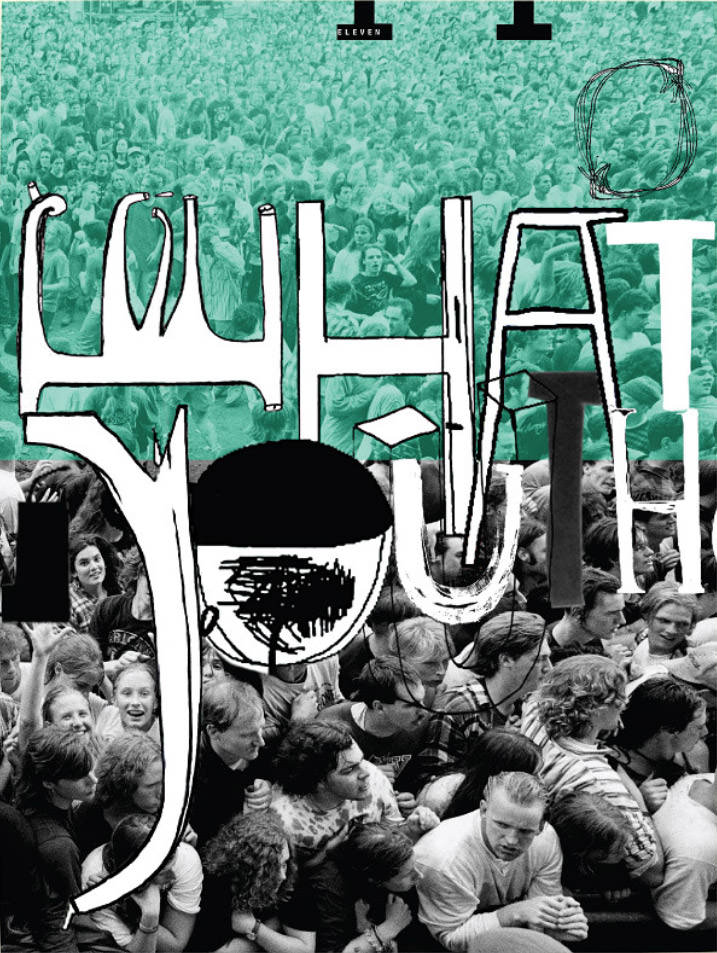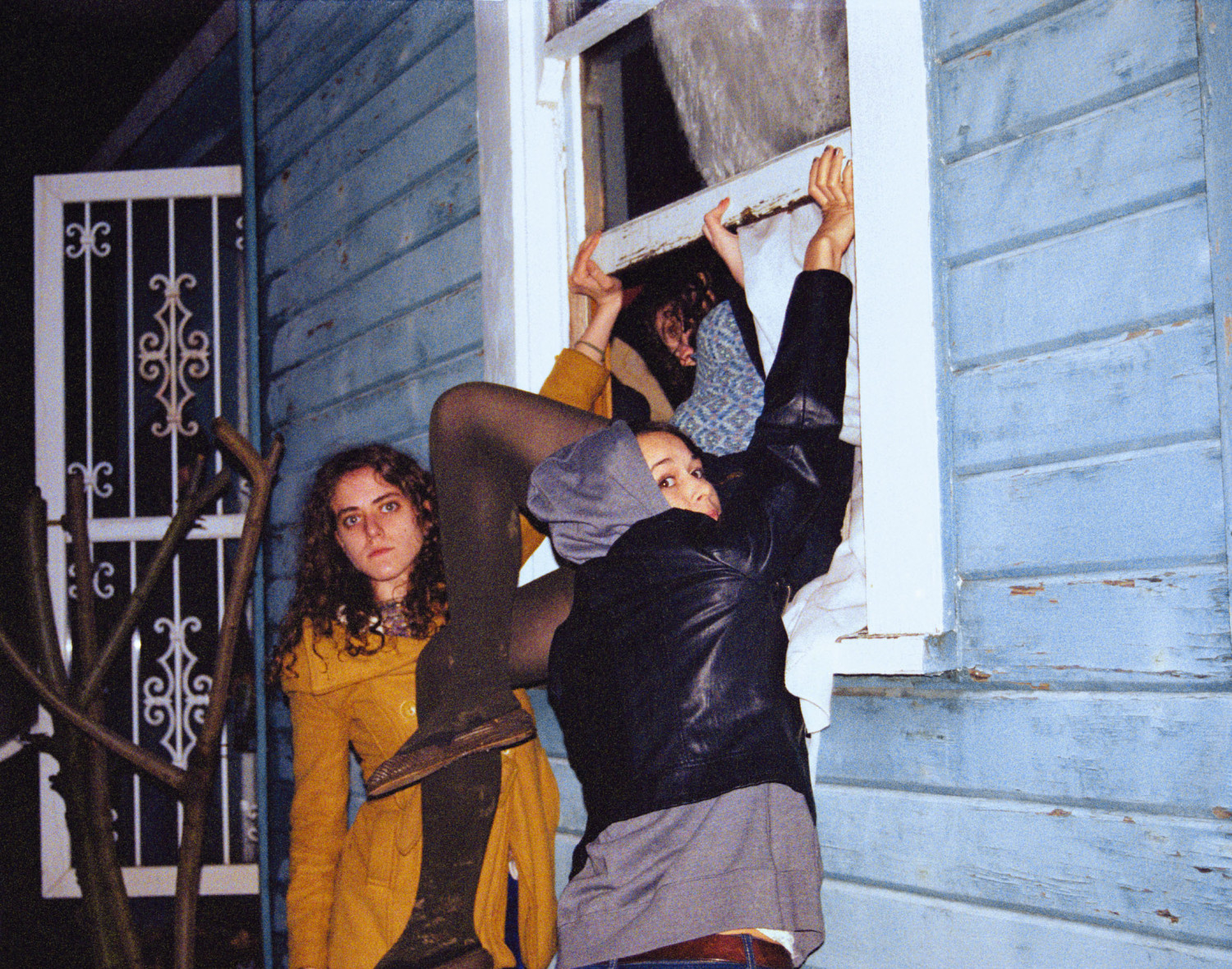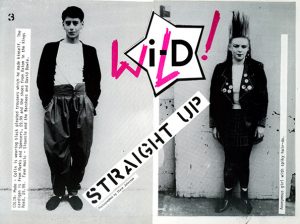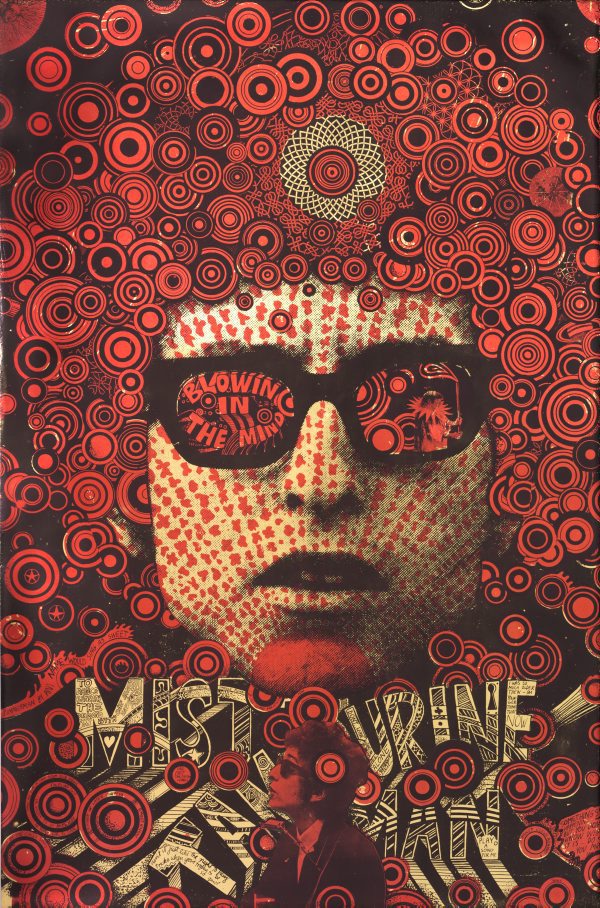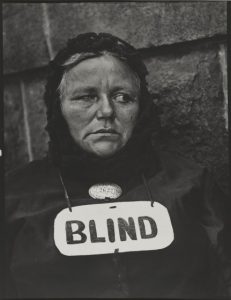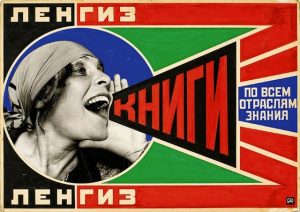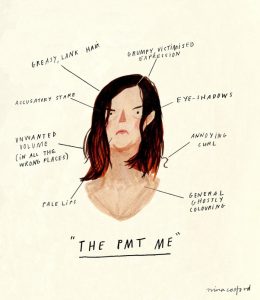I found the research and communication lectures highly beneficial to my developing practice and research skills; since completing these lectures I have seen a positive shift in the way I gather and respond to information. By utilising the library resources and conducting research online, I have been able to contextualise my ideas towards each art movement to form relevant arguments.
Jumping from one art movement to another was useful for me, it was interesting to see the ways in which art has developed throughout the time periods, and how much of an impact context can have on the way artists express themselves. In addition to this, I have learnt, from practice, how to form a debate of my own – relating to art and design of the past and present.
From looking deeper into past art movements I have been able to make some unexpected connections with my own work, for example, I feel the post-modern and counter culture era are most relevant to my interests as a practitioner, as I appreciate experimentative and innovative artwork. Only since these lectures have I been able to put a name to these influences.
I have also come to realise that making connections between theory and practice is extremely important. Successful artists have to consider context, purpose and meaning to deliver artwork of a professional standard – as evidenced from history.
In relation to my interests in photography and graphic design, I have found each lecture relevant in some way. At the beginning of the module I was solely interested in photography, however, from researching the work of graphic designers, I have become inspired by their ability to respond and react to stimuli. David Carson and Paula Scher are among the many designers I’ve been influenced by – I love their experimentative and iconic approaches to design.
I have enjoyed making connections between ideas in writing. I particularly liked exploring constructivism values and the impact of technology – I found this art movement to be quite controversial in its thinking and from researching and constructing an argument against it, I came to fully appreciate the offerings technology gives my practice.
To isolate a particularly significant lecture, I would say I felt most inspired by the ‘movers and shakers’ of the underground era. I found the examples of counter-culture artwork fascinating, both visually and theoretically speaking. Visually – I felt enticed by the psychedelic posters and experimentative collages of Martin Sharp, and theoretically – I felt inspired by the rebellious, defiant attitude of the post-war generation; particularly how their frustration motivated their artwork. I think these underlying motivators are particularly relevant in relation to modern day art.
The film (Abstract: the art of design, 2017) that followed this lecture also impacted my developing interest in graphic design. The film documented the life of designer Paula Scher and I found it very insightful and useful in understanding the requirements of a graphic designer and the ways in which they work to establish ideas. Following this, I went on a personal journey of research to further my understanding of graphic design.
Abstract: the art of design (2017) Netflix, 10 February.
PHOTO ONE: Carson, D. (2015) What youth, issue 11. Available at: https://cdn.shopify.com/s/files/1/1529/3595/products/0011_shop_gallery-1.jpg?v=1483661734 (Accessed: 4 December 2017)
PHOTO TWO: Scher, P. (1995) Bring in da noise, bring in da funk. Available at: https://i.pinimg.com/originals/79/78/ed/7978ed48aa5226ac24f4ce97df8279a1.jpg (Accessed: 4 December 2017)
PHOTO THREE: Sharp, M. (1967) Cream – Disraeli Gears (album cover). Available at: https://dvfnvgxhycwzf.cloudfront.net/media/SharedImage/imageFull/.fRuNAIDV/SharedImage-57470.png?t=1767dea39877c6d345f9 (Accessed: 4 December 2017)

